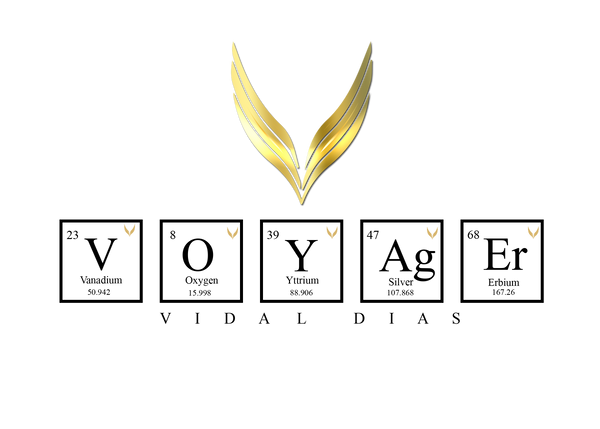|
Mineral Group |
Hydrated carbonate |
|
Cleavage |
Perfect |
|
Chemical Composition |
Cu2(CO3)(OH)2 |
|
Fracture |
Sub-Conchoidal - uneven |
|
Luster |
Rarely vitreous to adamantine. Fibrous specimens - silky. Massive specimens - dull to earthy. |
|
Diaphaneity |
Most specimens - opaque. Crystals - translucent. |
|
Color |
Green |
|
Streak |
Green |
|
Mohs Hardness |
3.5 - 4 |
|
Specific Gravity |
3.6 - 4 |
|
Diagnostic Properties |
Produces a green solution when dissolved in HCI with effervescence. In addition to being distinguishable from other green copper minerals by its effervescence in acid, this mineral is recognized for its brilliant green hue and botryoidal formations. |
|
Crystal System |
|
|
Uses |
A minor ore of copper. Gemstones, small sculptures, pigment. Today most comes from the congo. |
|
Chakras |
Heart Chakra |
|
Zodiac |
Capricorn |
|
Numerical Vibration |
9 |
|
Note: All crystals contain energy that can be used to amplify your own intentions and manifestations through meditation and daily wear. |
|
|
Occurrence |
Notable localities for it’s occurrence are at the Nizhniy Tagil in the Ural Mountians, Russia; pseudomorphous after cuperite at Chessy, near Lyons, France, and associated with azuirite; form Tsumeb, Namibia; Katanga, Democratic Republic of Congo; Broken Hill, New South Wales, Austrialia. In the Unites States at Bisbee, Morenci, and other localities in Arizona. |

